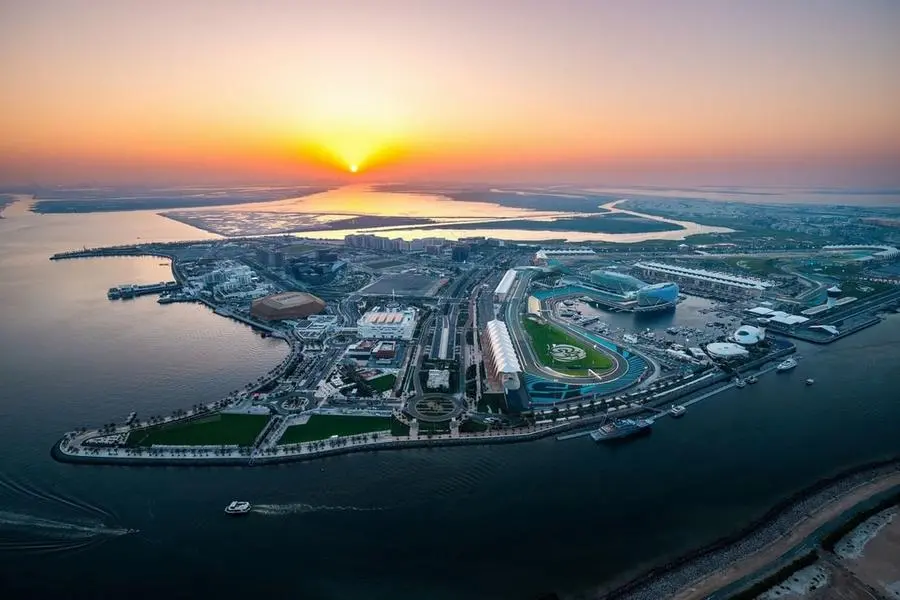PHOTO
Image used for illustrative purpose. Getty Images
MUNICH/OTTAWA – In late November, the Intergovernmental Negotiating Committee on Plastic Pollution met for the first time. The INC was established by the United Nations Environment Assembly with a well-defined mission: to create the first-ever legally binding global agreement on plastic pollution. The fact that delegates and observers finally met to have this discussion is welcome. But the meeting results are just the beginning of addressing the scale or scope of the problem.
Plastic pollution threatens people’s health and endangers the environment. And plastic causes harm throughout its entire lifecycle, beginning with resource extraction and continuing after disposal.
But the problem is not just plastic itself. Plastic contains over 10,000 chemicals, more than a quarter of which are toxic to humans and wildlife. In the absence of a global requirement that companies make known exactly which chemicals are in which plastic materials and goods, what we know about plastic in our lives is dictated by the whims of individual manufacturers and national legislatures. As a result, we are ignorant of the full extent of the problem. No one – from workers facing occupational hazards to parents trying to make healthy choices for their children – has all the information they could and should have.
Plastic does not affect everyone equally. Vulnerable groups like low-income families, indigenous communities, and people of color are especially at risk. For example, the vulnerable and disadvantaged are more likely to live or work near petrochemical manufacturing facilities and refineries, exposing them to air, water, and soil pollution from the toxic chemicals used to manufacture plastic products.
This inequality exists within and between countries. Plastic products are often made in developing countries, transported to developed countries, and then returned to developing countries as waste. It is not only the last stage of plastics’ lifecycle that creates pollution and endangers communities. Plastic production itself is hazardous.
Consider the textile sector, where workers create clothes from synthetic fibers made of plastics. The workers are largely unaware of the toxicity of the chemicals they are using while they assemble skirts and shirts for people an ocean away. They do not have all the information they need to understand the risks they are facing from doing their jobs. There is an obvious gendered component to this, too, given that the textile sector in developing countries is dominated by women.
But while people are unfairly and unevenly affected by plastic pollution, the reality is that no one is spared. Plastic pollution does not respect borders. Women everywhere use menstrual products containing plastics with chemicals that pose a direct risk to their health. Children all over the world, including in wealthy countries, play with cheap plastic toys containing unknown chemicals.
Given the high-stakes challenges facing the first INC, it is disappointing that delegates did not even manage to adopt procedural rules. More substantive negotiations will be delayed until they do.
There were some small successes. The presence of observers permitted corridor conversations in which they could help delegates better understand the link between plastic, chemicals, and health. This was reflected in some delegates’ statements, which highlighted the need for transparency on chemicals in plastics.
That is not nothing. But it is also not enough.
In May 2023, delegates will have another chance. Representatives of governments from around the world will convene in Paris for the INC’s second meeting. Their mission will once again be to work toward a legally binding agreement on plastic pollution.
Delegates cannot simply retread the same ground as in November. Delegates will need to demonstrate their governments’ commitment to reducing plastic production. Together, they will need to consider the entire plastic lifecycle and the dangers that it poses to communities, people, and the environment.
Perhaps most important, they will need to remember that the point of these meetings is to establish a global, legally binding instrument, not to shrug and sigh and let countries follow mere voluntary guidelines, effectively allowing business as usual to continue.
In Paris next year, negotiations on plastic pollution need to be both more efficient and more ambitious. Delegates must act as though they are saving the world. If they get this right, they will be.
Olga Speranskaya is Co-Director of Health and Environment Justice Support. Alexandra Caterbow is Co-Director of Health and Environment Justice Support.























